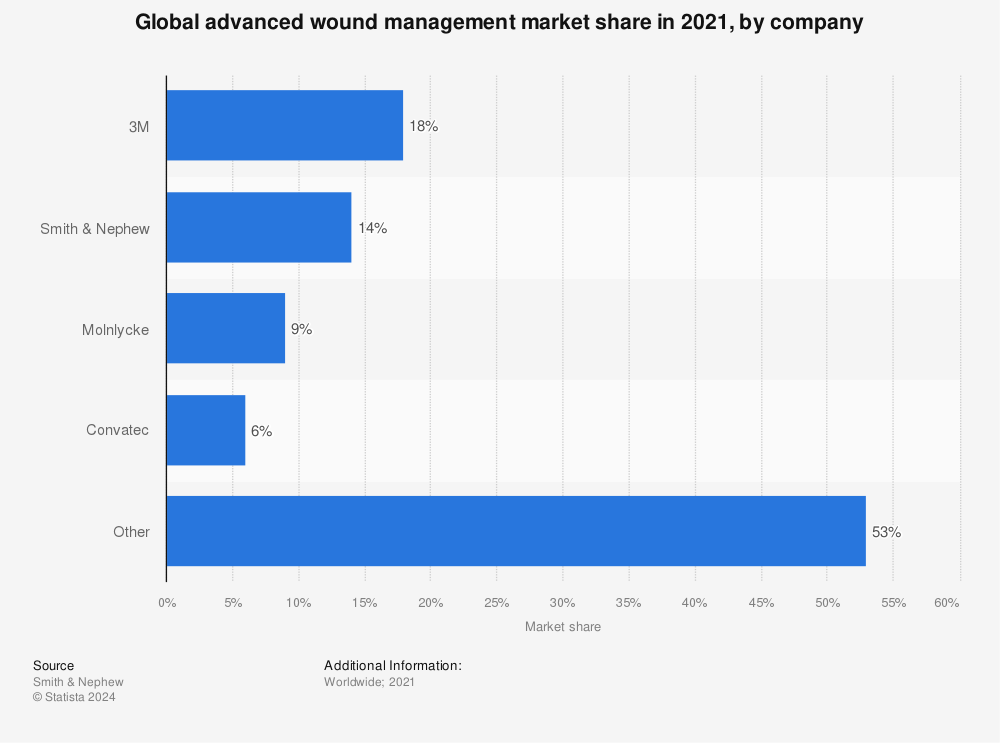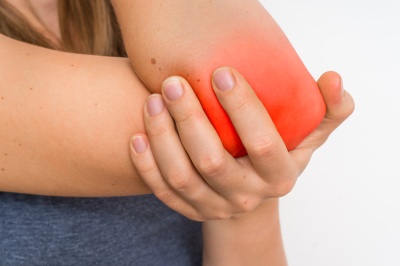Negative pressure wound therapy is a useful option for treating a wide range of different conditions, from diabetic ulcers to chronic wounds. But how does this work? This post provides an in-depth explanation of how pumps work and how this can help the body to heal itself.
Negative pressure wound therapy is a form of therapy that involves creating a vacuum dressing to encourage wound healing.
This will use a sealed wound dressing that is attached to a vacuum pump and that in turn will help to encourage blood flow to that specific area. This then encourages healing by bringing more blood and more nutrients to the desired location.
Treating a large range
Pressure wound therapy is useful for treating a large range of different conditions, including:
- Diabetic ulcers
- Venous ulcers
- Chronic wounds
- First/second degree burns
- Surgical and acute wounds with high risk of infection
- Wounds with large amounts of drainage
- Arterial ulcers
What is a Vacuum?
To understand negative pressure therapy, it’s important to first understand what a vacuum is and what pressure involves.
In order to make a vacuum in any kind of system it is crucial to remove all the molecules of gas out of that system first. This is what the vacuum aspect of medical vacuum pump means – the ability to create a vacuum meaning a space where there are no particles of gas whatsoever. To visualise this think of the scenarios in which you may have heard the term vacuum previously. These will have been likely to be when hearing about the 'vacuum' of space, or when using 'vacuum' cleaners. The first example here is the best example of a true vacuum and how this applies to the medical vacuum pump. Space is a vacuum then because it is completely devoid of particles of gas and is completely 'empty'.
This is why humans cannot survive in space – because there are absolutely no particles of oxygen out there. However, the vacuum of space is more dangerous to humans than simply being a place where you might suffocate. In fact, if you were to travel into space without the aid of some kind of space suit you would not only run out of air – but in fact have it sucked out of you along with your blood (which would already have frozen – nice!). The reason for this being that air and other gas particles like to fill an area roughly evenly by moving into areas of lower pressure.
This then is why the oxygen would get sucked out of your lungs if you were to enter space – because there would be zero pressure and the molecules in your lungs would be drawn to this area more rapidly than they would to the atmosphere here which has a roughly equal air pressure. So, to summarise – high pressure equals lots of gas particles. Low pressure = fewer gas molecules. Vacuum = zero particles. Don't worry, we'll look at how this all relates to the medical vacuum pump soon.
So, we know what a vacuum is now, but what is the pump part in the medical vacuum pump equation? Well, a pump can easily be defined as any device that is used in order to create a create a pressure difference between two different areas. This then means that a pump is anything that can remove gas molecules (just to reiterate, here we are counting liquid molecules as the same as gas molecules) from an area, or that can move more gas molecules to another. A bicycle pump is a pump in exactly this manner and works in precisely that way, and in many ways this is similar to how a medical vacuum pump works. In other words, it works by altering the pressure in the pump in order to pump it into the tire. So, when you pump up your bike's tires using a bike pump, what you are doing is using a piston like motion or a compression in the case of a foot pump in order to shrink the amount of space in the device itself. This then increases the pressure temporarily in the remaining space because the molecules are more tightly compacted and this then causes them to escape into the bike tire. And a medical pump works the precise same way.
You can test this theory for yourself by simply drinking water through a straw. When you do this you place the straw in your mouth and feel the process you use to drink the water through it. You'll find that your mouth muscles create an area of low pressure and this then causes the difference in the regions to make the water travel up the straw – what did you think sucking was? Similarly, if you try sucking on your own skin you will find that the area goes red. The reason here is that you are again creating an area of low pressure on your arm and this is causing the blood to rush there to equalise the pressure. It can't get through your skin, and so it simply rises to the top causing it to redden. In all these cases it can be noted that you are transferring physical pressure – created by your muscles or by the pumps – into air pressure. This is a way of converting energy from kinetic to pneumatic.
And what happens when you suck on an area of your skin? Easy: you get a big red patch forming where all the blood has rushed to that area and then the surface. You’ve created an area of low pressure (your mouth and lungs) and attached that to an area of much higher pressure (your veins). Your blood then rushes to try and equalize but because it can’t get through the surface, it instead just stays in that area.
And because blood is filled with beneficial nutrients, platelets and oxygen, this helps to heal the wound more quickly.
And that is the amazing science behind medical pumps!

Find more statistics at Statista
